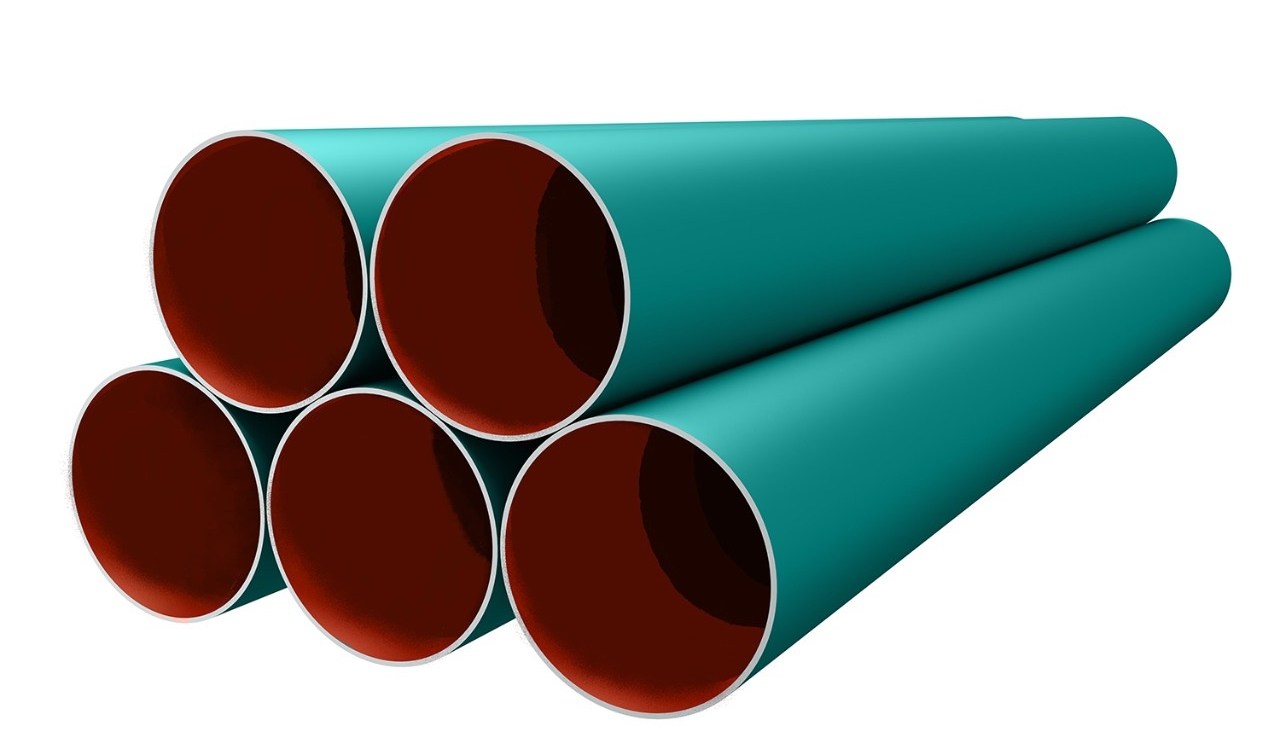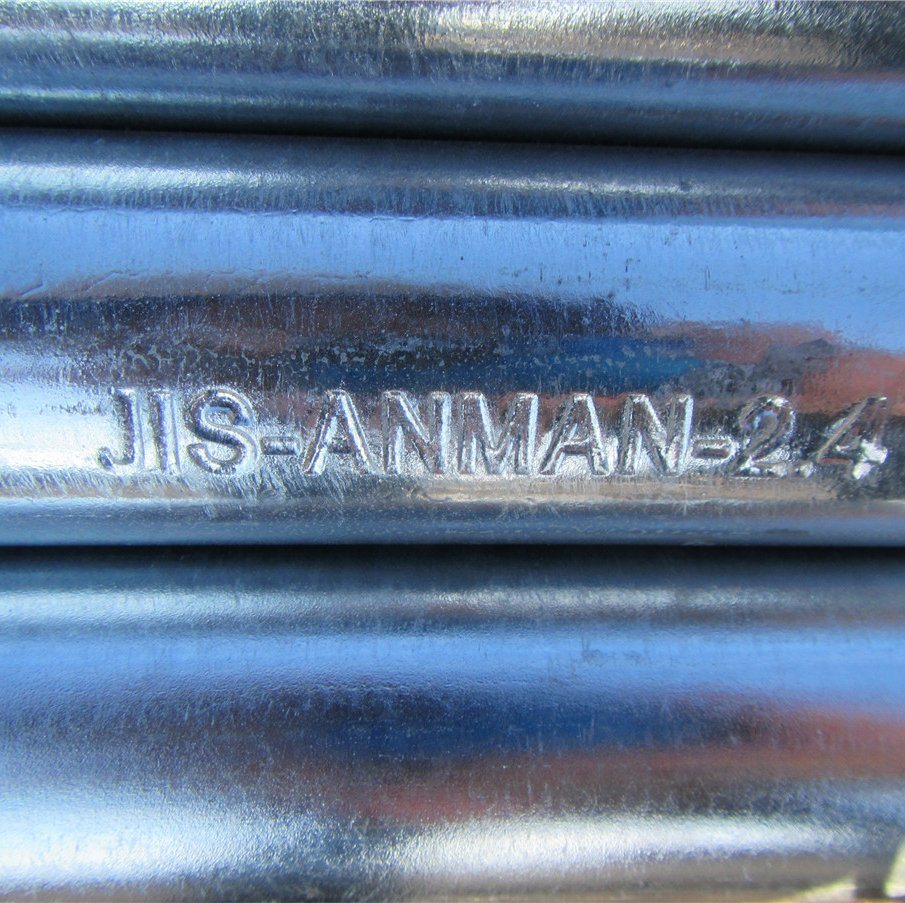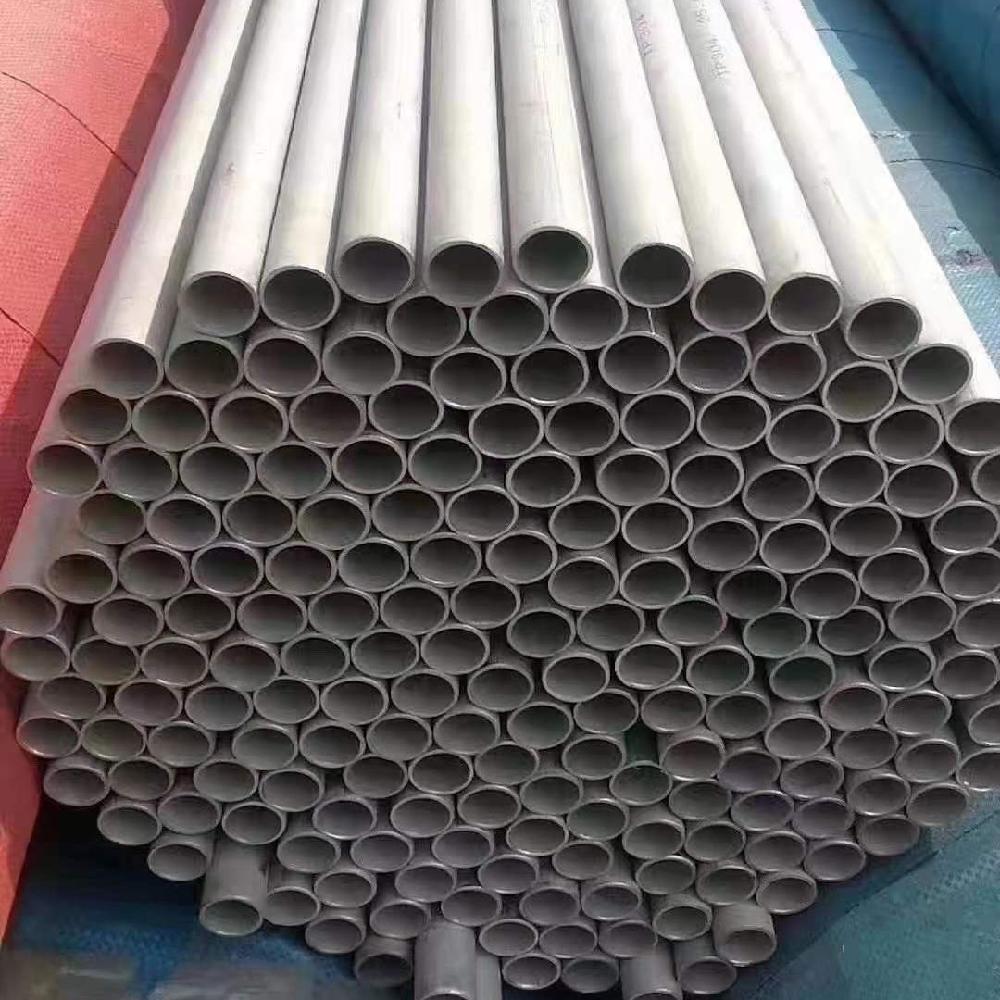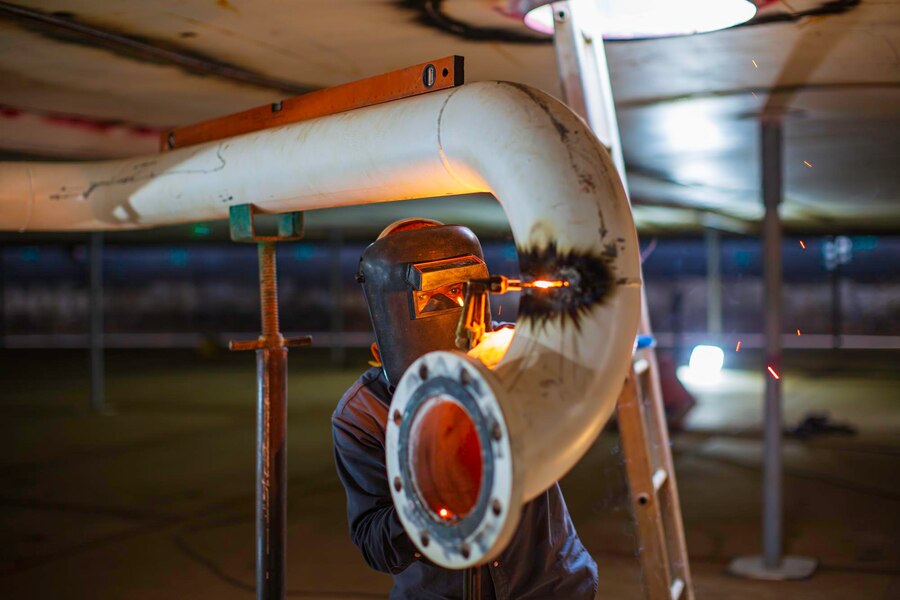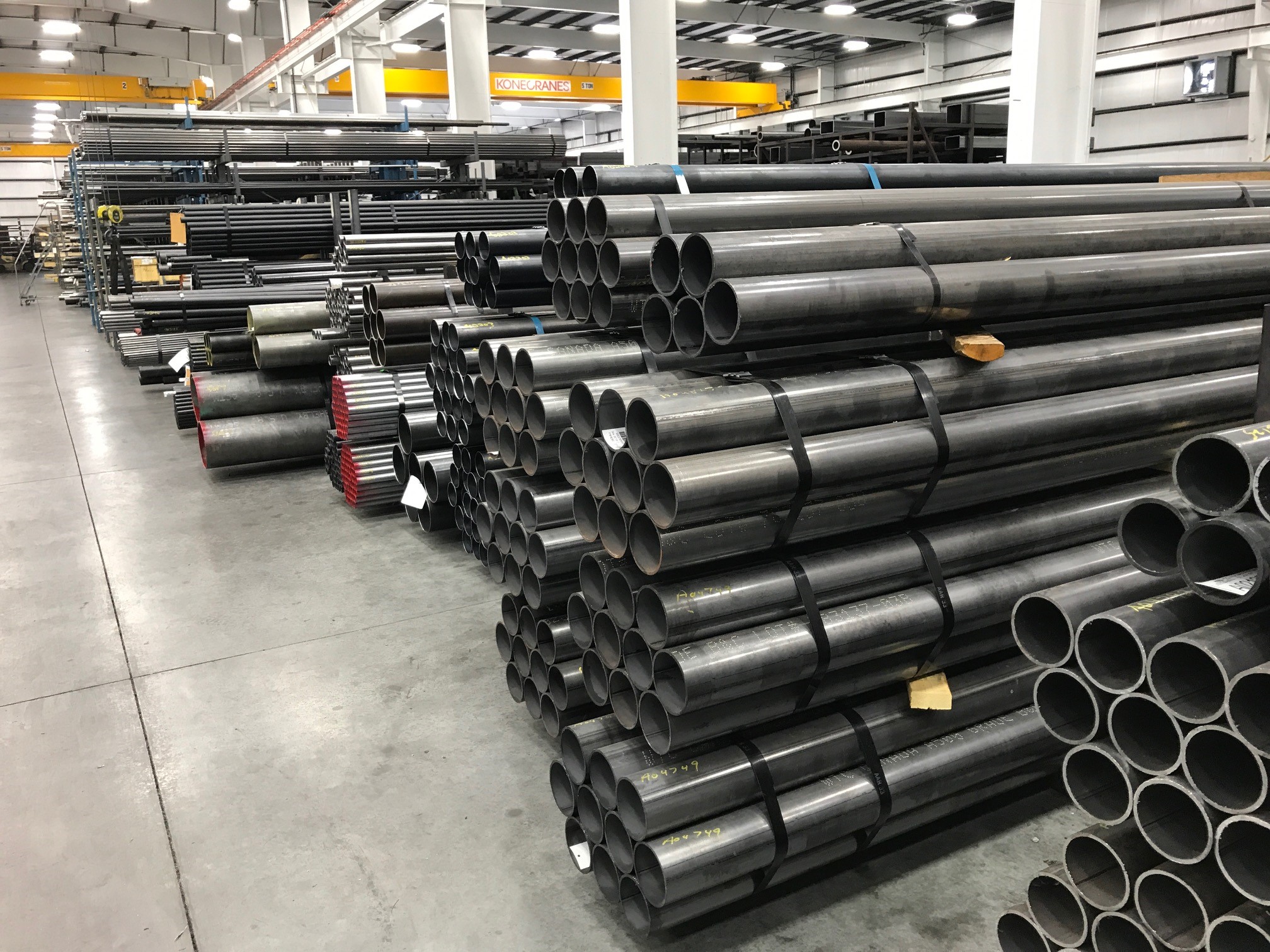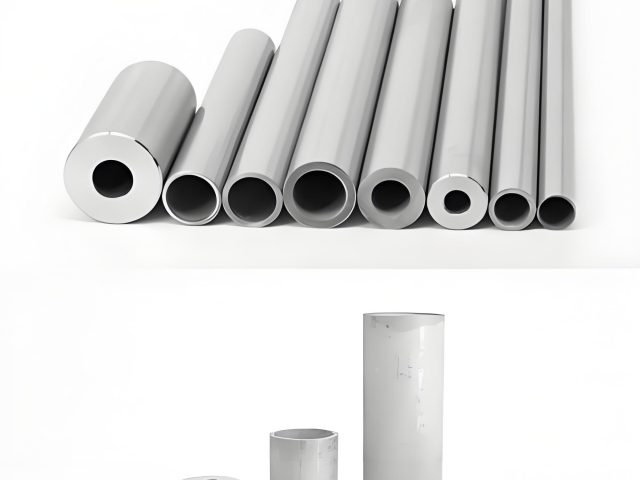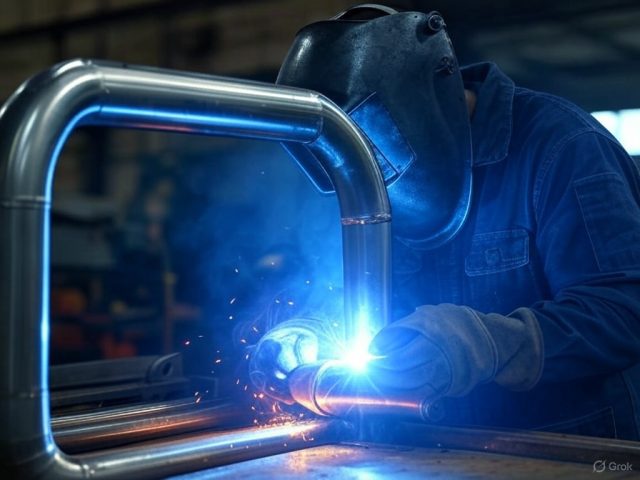Differences Between Carbon Steel pipe and Black Steel pipe
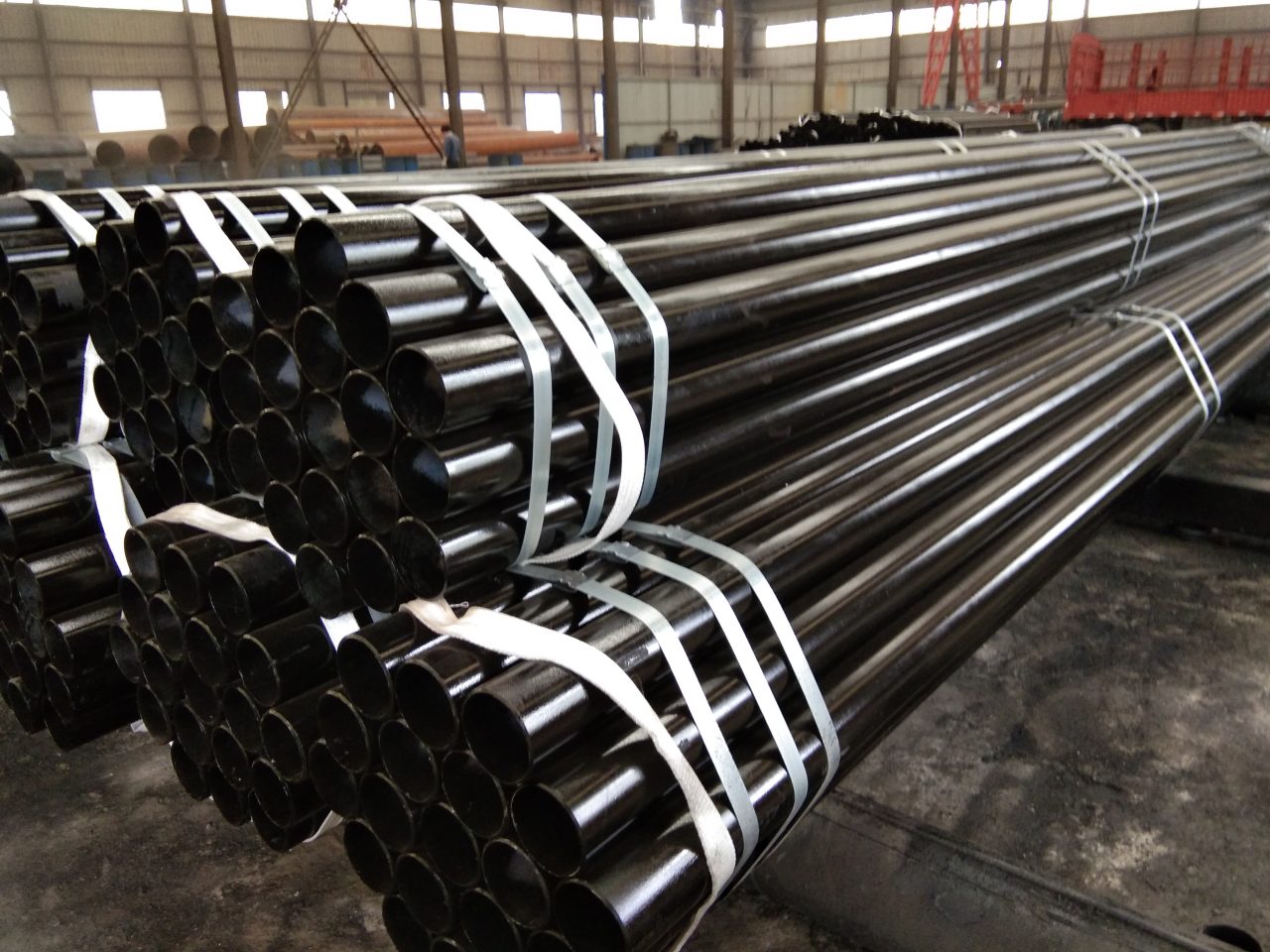
Carbon steel pipe and black steel pipe are two common types of steel pipes used in various industries and applications. While they may appear similar in appearance, there are some key differences between these two types of pipes. Let’s explore the dissimilarities and understand when each is typically used.
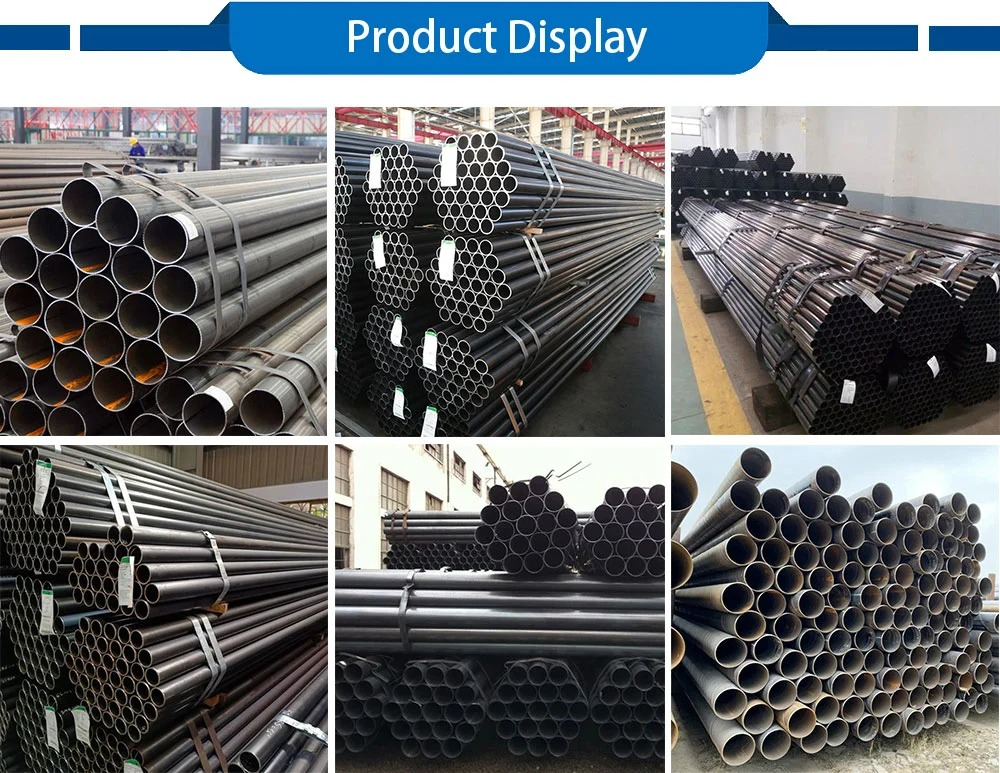
- Composition:
Carbon Steel Pipe: Carbon steel pipe is primarily made of carbon and iron, with small amounts of other elements such as manganese, silicon, and copper. The carbon content in carbon steel pipe generally ranges from 0.18% to 0.30%, which gives it its strength and hardness.
Black Steel Pipe: Black steel pipe gets its name from the dark, protective iron oxide coating on its surface, which gives it a black appearance. It is composed mainly of iron and carbon, with no additional elements. The absence of alloying elements makes it less resistant to corrosion but more affordable than carbon steel pipe.
- Manufacturing Process:
Carbon Steel Pipe: Carbon steel pipes are manufactured by either seamless or welded methods. Seamless pipes are produced by piercing a solid billet and extruding it to the desired length and thickness. Welded pipes, on the other hand, are made by rolling and welding a flat steel plate or strip into a cylindrical shape.
Black Steel Pipe: Black steel pipes are typically made using the electric resistance welding (ERW) process. This involves passing a high-frequency electric current through the edges of a steel strip to heat and fuse them together. The resulting seam is then cooled and smoothed, creating a continuous pipe.
- Surface Finish:
Carbon Steel Pipe: Carbon steel pipe usually has a plain or slightly rough surface finish. It lacks the dark coating present on black steel pipes.
Black Steel Pipe: Black steel pipe has a characteristic dark, rough, and scaly appearance due to the iron oxide coating present on its surface. This coating provides some degree of protection against corrosion.
- Corrosion Resistance:
Carbon Steel Pipe: Carbon steel pipe is vulnerable to corrosion due to its higher carbon content. However, it can be protected from corrosion through various methods such as applying coatings, using corrosion-resistant alloys, or implementing cathodic protection.
Black Steel Pipe: Black steel pipe is less resistant to corrosion compared to carbon steel pipe. The iron oxide coating on its surface provides limited protection against rust and other forms of corrosion. Therefore, it is often used in applications where corrosion resistance is not a primary concern.
- Applications:
Carbon Steel Pipe: Carbon steel pipe is widely used in various industries, including oil and gas, construction, automotive, and manufacturing. It is suitable for transporting fluids and gases, structural applications, and high-temperature environments.
Black Steel Pipe: Black steel pipe is commonly used in gas distribution systems, plumbing, and infrastructure projects where a protective coating is not necessary. It is also utilized for low-pressure applications and as scaffolding or railing material.
In summary, the main differences between carbon steel pipe and black steel pipe lie in their composition, manufacturing process, surface finish, corrosion resistance, and applications. Carbon steel pipe contains additional elements and has better corrosion resistance, making it suitable for a wider range of applications. On the other hand, black steel pipe is more affordable and commonly used for non-corrosive applications. It’s important to consider these factors when selecting the appropriate pipe for your specific needs.
Product Parameter:
| Product Name | Carbon Steel Pipe | |||
|
Standard
|
API, ASTM, BS, DIN, GB, JIS
|
|||
|
Outside Diameter
|
21.3-1420mmOr customize |
|||
|
Wall Thickness
|
2.11-300mm Or customize
|
|||
|
Dia Tolerance
|
Control with in the standard, OD:+-1%, WT:+-10%
|
|||
|
Materials |
10#,20#,45#,Q235,Q345,Q195,Q215,Q345C,Q345A
|
|||
|
ASTM A53A/A53B/ A178C/A106B API5L
|
||||
|
ST37,ST37-2,DIN 1629 ST35, ST45,DIN 17175 ST35.8,DIN 17175 19Mn5
|
||||
|
16Mn,Q345B,T1,T2,T5,T9,T11,T12,T22,T91,T92,P1,P2,P5,P9,P11,P12,P22,P91,P92,15CrMO,Cr5Mo,10CrMo910,12CrMo,13CrMo44,30CrMo,A333
GR.1,GR.3,GR.6,GR.7 |
||||
|
Gr.B,X42,X46,X52,X60,X65,X70,X80,X100
|
||||
|
Inspection
|
ISO,BV,SGS,MTC
|
|||


